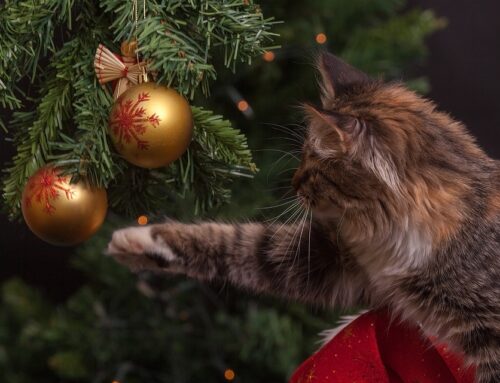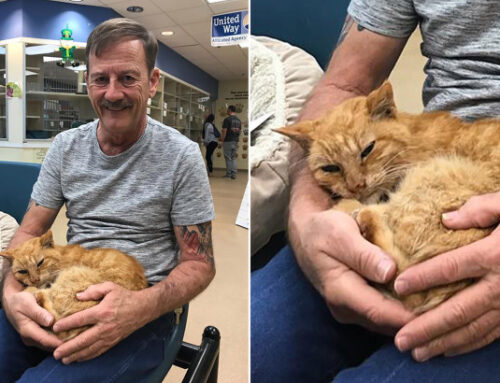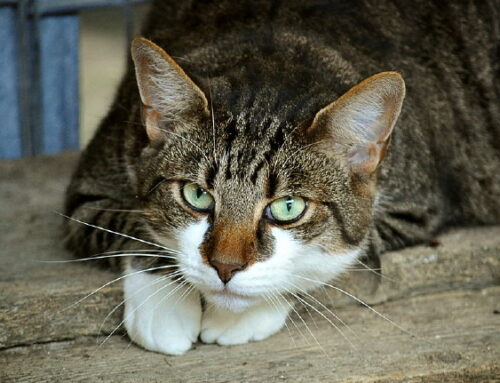Older Cats – What changes occur with age?
As your cat becomes older, you may start to notice subtle changes in their behaviour, which may indicate that their health needs more attention. With good nutrition and excellent vet care, your cat may well live into its twenties!
Cats are considered to be “seniors” when they reach eight to ten years of age, so the earlier you notice any health issues, the more comfortable your cat will be as they enter their later years. It’s a good idea to ask your vet to give your senior cat a health check, so that you can address any unseen problems immediately and have a baseline for future check-ups.
Signs that your cat is entering its senior years
Older cats often have problems with their eyesight, hearing and their mobility. They can’t see and hear as well as they used to, and they aren’t as spry as they were a few years ago. Some cats may experience profound deafness, whilst others hardly have any issues with their hearing at all; some cats may suffer from cataracts, which shows as a white opaque colour in your cat’s eyes and can lead to blindness, whilst others don’t have any noticeable problems.
If you notice a bluish transparent haze in your cat’s eyes, this is known as lenticular sclerosis, and doesn’t normally cause a problem with your cat’s sight. Another potential issue is something called iris atrophy, which mainly affects blue eyed cats and presents as splotches over the eyes. It can result in light sensitivity and can also be confused with a malignant iris melanoma. It goes without saying that any different in your cat’s eyes needs to be checked by your vet, just in case!
You might also notice that your cat sleeps more often and for longer periods during the day, and they are less enamoured with playful kitten-like behaviour.Older cats are also less inclined to jump as high as before, often ignoring their favourite haunts on high perches and they might struggle to climb up and down stairs.
Much of this loss in mobility is due to a lack in muscle mass, which naturally occurs in cats as they age, particularly in their hind legs. It can also be due to arthritis in their joints or even as a result of diabetes, so always ask your vet to check your cat if you notice any of these changes in mobility.
Dementia is also another problem that affects older cats, which you might notice if they have trouble adjusting to changes and learning new things. Basically, if your cat appears confused far too often, and displays a lack of spatial awareness, it’s time to visit your vet.
Many of these changes can be managed successfully, but as long as you understand the problems your cat is experiencing, it’s much easier to make their lives a little more comfortable in their later years.
How often should your older cat visit their vet?
It’s a good idea to take your elderly cat for a yearly check-up, if not increasing this to every six months as they become even older. Your vet can advice you on the changing nutritional needs of your senior cat and keep on top of any issues, such as diabetes or kidney problems.




